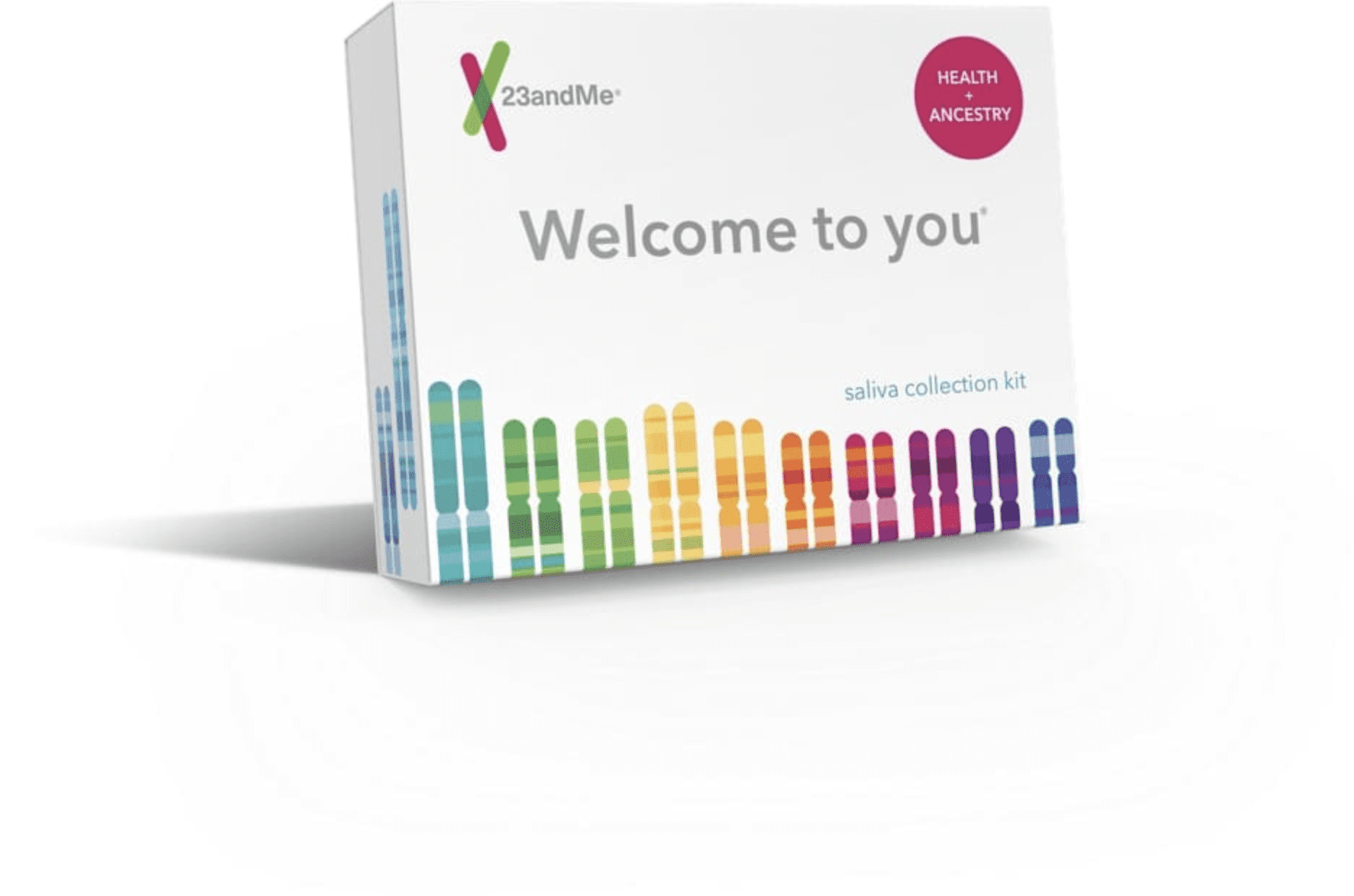Let's talk aboutUnibrows & Genetics
Unibrows have graced the foreheads of some legendary faces. If you have a unibrow, your eyebrows extend between the eyes, giving you the look of a single eyebrow. Whether you pluck your brows or let your hair grow free, your eyebrow shape is a genetic trait, rooted in your DNA.
How it works
No one is quite sure why our eyebrow hairs grow in particular patterns—or the reason why some people have unibrows. But initial findings offer some clues.
The genetic link
23andMe researchers have identified more than 50 genetic variants associated with having a unibrow. Two of those genetic variants are in or near the PAX3 and EDAR genes, which have also been associated with unibrow growth by other researchers. The PAX3 gene influences the development of pigment-producing skin cells. The EDAR gene plays a big role in our hair growth, along with the development of our sweat glands and teeth.

Did you know?
Whether you’re angry, sad, or on the verge of a giggle fit, eyebrows help communicate how you feel. Studies have also found that people have trouble recognizing faces that are missing their usual eyebrows. These findings suggest that the shape of our eyebrows may also help others recognize us.
Explore more
Wonder what your genes have to say about your eyebrows? 23andMe’s Health + Ancestry Service can give you insight into the genetic variants that make you more or less likely to have a unibrow.

Health + Ancestry Service
References
23andMe Blog (2017, June 8). “Unibrows And The Study of Human Variation.” Retreived October 21, 2018, from https://blog.23andme.com/health-traits/unibrows-and-beards-and-the-study-of-human-variation/.
Elder, M. (2010). “Where the unibrow reigns.” PRI.
Sadr J et al. (2003). “The role of eyebrows in face recognition.” Perception. 32(3):285-93.
U.S. National Library of Medicine. (2018). “EDAR gene.” Genetics Home Reference.
U.S. National Library of Medicine. (2018). “PAX3 gene.” Genetics Home Reference.